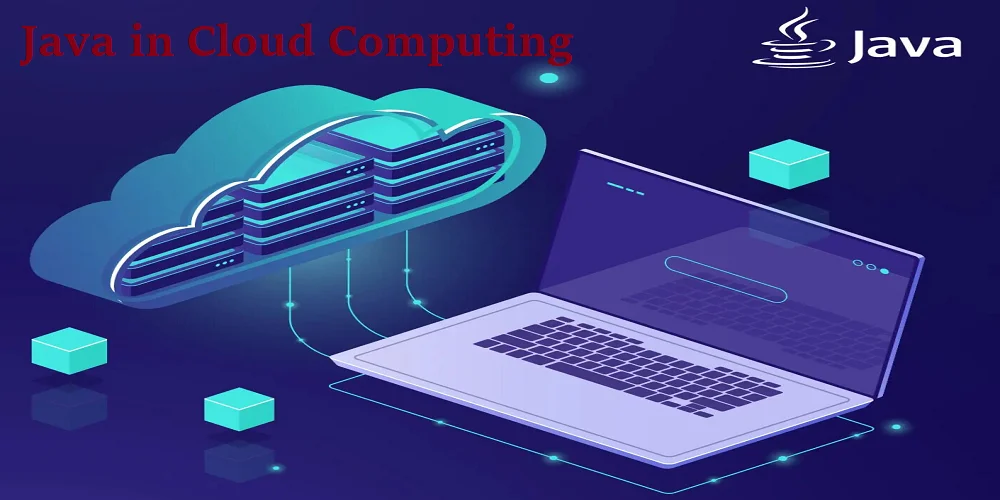Today in the dynamic business setting, agility does not become an extra option, but a necessity. This challenge goes on to make organizations flexible, and responsive to deliver value to customers in a speedy changing environment. This is the point at which Java for enterprise Agility comes into play and drives enterprise adoption towards Java. Java is the most pervasive language in programming and has a very strong foundation for enterprise applications.
However, to support and boost Java Agile Development Methods is where its true power lies. With the use of strategies and tools, Java development will be the main driving force for enhancing Agility with Java to respond to changes in the market. This detailed guide discusses how Java and Agile principles work in harmony, with a focus on how strategies for Java development can improve the agility of an enterprise.
Core Principles of Agile Development
Agile development refers to methodologies that are centered around iterative development, small cycles, or sprints with continuous feedback. Below are a few important principles that define Agility and its development.
Iterative Development
Instead of a linear approach, Agile decomposes project delivery into small, manageable iterations. This allows for continuous improvement and adaptation to the feedback given after each iteration.
Short Sprints
Agile projects are broken down into short development cycles, referred to as sprints, that normally vary between 1 to 4 weeks. They stress and ensure that there is faster feedback, quicker deployment, and minimized risk.
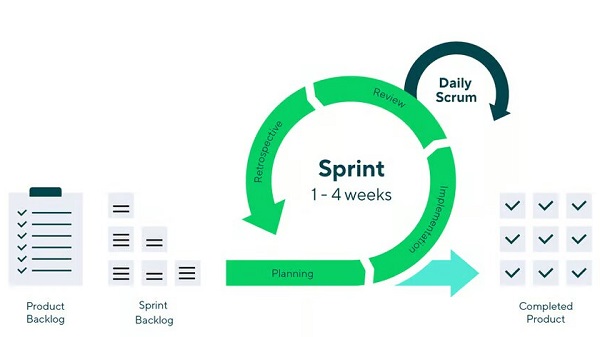
Image: Short Sprint
Continuous Feedback
Agile states that there has to be constant communication between developers and stakeholders, as well as working cooperation with the end-users. It allows early feedback on functionality, so it is possible to ensure that the final product will be in unison with the constantly changing needs.
Managing Change
Agile methods easily enable change to be embraced as something inevitable with the requirements of the project. They provide a framework to accommodate such changes through the development cycle without deviating from the course.
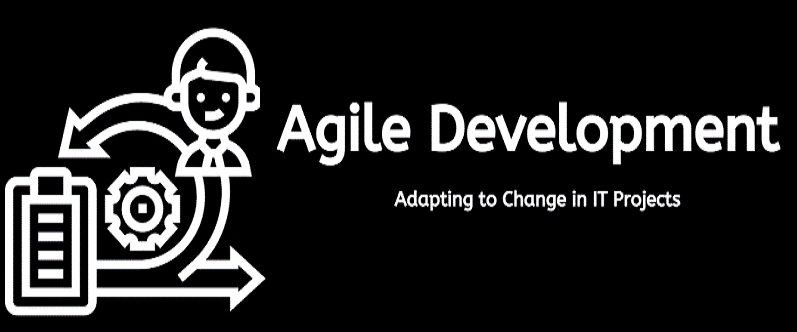
Image: Agile Team Adapting to Change
Value Focus
Agile focuses on the fast and frequent delivery of business value. Each iteration focuses on building features that provide the most value to the end user.
These principles will serve as the core of Java for Business Agility. By adopting an agile approach, enterprises can significantly improve development speed, responsiveness, and overall value delivery.
How Java Supports Agile Development
Java, by nature, is well-equipped and possesses a strong ecosystem, thus making it suitable for Agile development. Here’s how:
-
Object-Oriented Programming (OOP)
The main principle of Java is OOP, which guarantees modular and reusable code—two cornerstones of Agile development. Well-designed objects are easier to maintain, test, and integrate, which allows faster cycles of development.
-
Strong Testing Frameworks
Java boasts a wide range of robust testing frameworks like JUnit and Mockito. Using such tools, developers can write quality unit tests quickly and efficiently. Besides, these frameworks provide further quality of the code and support the practice of continuous integration.
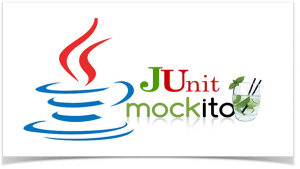
Image: Junit and Mockito Logo
-
Integration with DevOps Tools
Modern Java development fits easily within the DevOps toolchain, prompting automated builds, deployments, and infrastructure provisioning, which improves development pipelines and hastens the time to release.
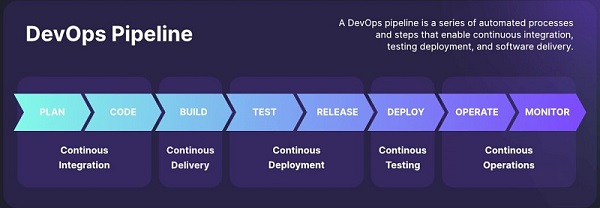
Image: DevOps Pipeline
Java Development Strategies for Increased Agility
There are many top reasons to choose Java for enterprise development. But, beyond the inherent strengths of Java, specific development strategies can further enhance Agility with Java.
Microservices Architecture
It is the process that cuts monolithic applications into small, independent, and self-contained services. Microservices are intended to support Agility in businesses: faster development cycles, easier deployments, and more scalability.
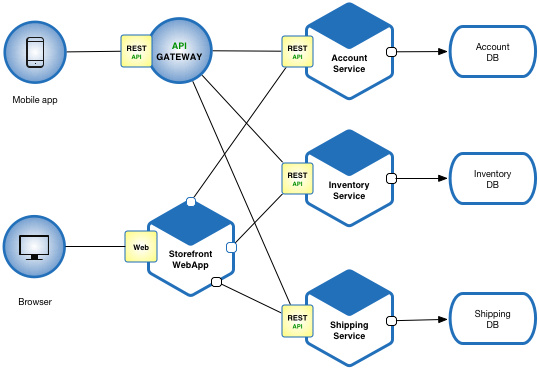
Image: Microservices
Test-Driven Development (TDD)
TDD emphasizes the writing of unit tests before the actual code is written. This guarantees an almost null-defect condition, ensuring fully functional code that is produced of better quality, with a quicker delivery cycle.
Continuous Integration and Continuous Delivery (CI/CD)
This practice involves automating the build, testing, and deployment processes. This means that it will automatically build all changes, integrate them, and then deploy, releasing frequently with fast feedback loops.
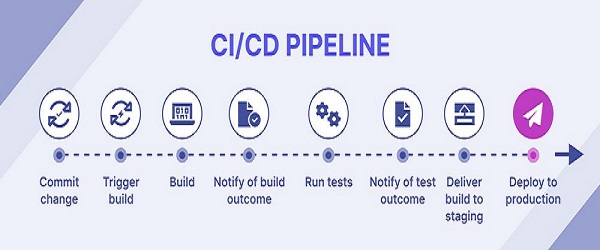
Image: Katalon
Maven Dependency Management
Maven is a popular tool that streamlines the management of external libraries and dependencies. This facilitates the minimization of development time and guarantees project consistency across environments.

Image: Maven Logo
Table: Benefits of Java Development Strategies for Enhancing Agility with Java
| Strategy | Benefit for Agility |
| Microservices Architecture | Faster development cycles, easier deployment, improved scalability |
| Test-Driven Development (TDD) | Higher code quality, reduced defects, faster delivery |
| Continuous Integration and Continuous Delivery (CI/CD) | Frequent releases, faster feedback loops, reduced risk |
| Dependency Management with Maven | Reduced development time, improved project consistency |
All these strategies, coupled with the foundational principles of Agility, form a powerful framework for the Java Agile Development Methods.
Case Studies
Case Study 1: Company A
- Challenge: Company A is one of the leading e-commerce sites in the country, yet it struggled to keep up with the growing demands of its customers. These features and new product development had to occur quite often, but how they were traditionally developed was slow and cumbersome. Long release cycles put them behind competitors who could adapt and deliver in far less time.
- Solution: Seeing the flaws in their development process, Company A thus decided to adopt Agility and work around the strengths of Java. This included adapting the microservices architecture by breaking down the monolithic application into smaller independent services, which could be rapidly developed with individual features and hence deployed more easily. This allowed for faster development of individual features and easier deployment. Additionally, they implemented a CI/CD pipeline using Java-based tools, enabling automated builds, testing, and deployments.
- Result: Company A thus adopted the Java Agile Development Methods and realized great improvement in their speed and responsiveness in development. This made it possible to release new features and updates much faster to be better placed to fulfill customer demands and stay ahead of the competition.
Case Study 2: Company B
- Challenge: Company B was a major international financial institution, and it had all the typical legacy Java systems there. Codebase was tortuous and inherently not supportive of changes that happened in the regulations. Therefore, this lack of agility was hurting its ability to innovate and respond to the demands of the market.
- Solution: Company B, on the other hand, modernized its Java journey with a new strategy to acquire more agility. They modularized the codebase so that it became easy to read, maintain, and test. They introduced unit testing frameworks with the help of JUnit to ensure code quality and make the practice of TDD easier. Additionally, they integrated their development process with DevOps tools, enabling automated deployments and streamlining the release cycle.
- Result: The Java modernization strategy, coupled with Agile principles, resulted in a significant improvement for Company B. The code became more maintainable, allowing developers to adapt to new regulations and business needs much faster. This newfound Agility empowered them to innovate and introduce new financial products and services more efficiently.
These case studies reflect the tangible benefits of using Java for Enterprise Agility. Companies applying agile principles in their embracement and Java development strategies produce substantial improvements. The improvements produce are in terms of development speed, responsiveness, and overall business value.
Building an Agile Java Development Team
The Java Agile Development Methods require success not just in the tools and processes but in the people using them. Assembling an agile team or hire Java developers would take a specific approach:
- Collaboration and Communication: Agile teams thrive on open communication and collaboration. Developers, testers, and stakeholders need to work closely, sharing information and feedback regularly.
- Cross-Functional Teams: Agile teams are often cross-functional, meaning members possess a diverse range of skills. This allows for faster problem-solving and reduces reliance on external dependencies.
- Continuous Learning: Agile development is an ongoing learning process. The teams must be empowered to learn all the time about new technologies and best practices to remain ahead of the curve.
Tools and Technologies for Agile Java Development
A rich ecosystem of tools and technologies empowers agile Java development. Here are some key players:
Spring Framework
Spring is a widely used open-source application framework that simplifies programming models and provides a comprehensive toolset for application development. In other words, it minimizes the steps of common development activities such as dependency injection, configuration management, and security, giving the developer a lot of time to concentrate on business logic.
Testing Frameworks (JUnit, Mockito)
As previously discussed, JUnit and Mockito are very powerful Java testing frameworks designed to help developers write comprehensive unit tests that confirm the correctness of the individual components of the code. They also guarantee proper code quality and drive best TDD practices.
CI/CD Tools (Jenkins, Bamboo)
Tools such as Jenkins and Bamboo are built to automate the processes for building, testing, and deployments. It is easy to integrate these with version control systems and other DevOps tools, which, in turn, allows for frequent and reliable deployment.
Containerization Technologies (Docker, Kubernetes)
Docker and Kubernetes are containerization technologies that allow packaging applications with their dependencies into lightweight and portable containers. This hence enables faster deployment of services with improved scalability and better management of complex Java applications in a microservices architecture.
Using these tools and technologies, combined with the roots of Agility, and related strategies for Java development, an enterprise will be ready for an amazingly efficient development environment.
Challenges of Implementing Agile Java Development
While the benefits of Enhancing Agility with Java are compelling, there are challenges to consider:
- Legacy Codebases: Moving from legacy codebases to a more agile architecture can be quite complex and time-consuming. However, the likes of refactoring and modularization approaches can ease this for one.
- Resistance to Change: Shifting to an Agile approach might encounter resistance from teams accustomed to traditional development methods. Clear communication, training, and showcasing the benefits of Agile can help overcome this resistance.
- Absence of Agile Methodology: In case, the agile methodology is not well defined, it means that teams will take longer to grapple with the implementation. Choosing a suitable Agile framework (e.g., Scrum, Kanban) and tailoring it to specific needs is crucial.
Best Practices for Maintaining Agile Java Development
Agility is more a marathon than a sprint. Here are some best practices:
Continuous Monitoring and Evaluation
Frequently monitor and evaluate development processes, identifying any bottlenecks to continually improve the Agile workflow.
Retrospectives
Often, the team needs to run a retrospective—reviewing prior sprints, outlining possible changes, and adjusting the approach when necessary.
Adapting to Change
Accept the dynamic nature of Agile development. Prepare your mind to be ready to adapt to changing requirements, technological improvement, and market conditions.
Observing these best practices will ensure Java Agile Development Methods remain healthy and provide sustained value for organizations.
Conclusion
This complete guide has illustrated an overview of how Java for Enterprise Agility is empowering businesses to maximize growth in today’s dynamic market. Embracing Agile with the right Java Software Development Company strategies helps businesses gain myriad benefits. This includes faster development cycles, smoother responsiveness, enhanced quality, and increased value delivery.
Java, with its robust features and vast ecosystem of tools and technologies, provides a solid foundation for building agile applications. Java Agile Development Methods help organizations establish ways of working to foster collaboration, a culture of adaptability, and continuous learning for a competitive edge with superior value delivery to stakeholders.
Frequently Asked Questions (FAQs)
1) What steps should be taken to assess the effectiveness of agile practices?
Some of the metrics for Agile success are the velocity (amount of work completed per sprint), cycle time (average time to deliver a feature), and defect escape rate (percentage of defects identified before release).
2) What are some of the best practices to manage technical debt in an agile environment?
Agile development doesn’t eliminate technical debt. However, best practices involve allocating time for refactoring during sprints, prioritizing technical debt based on impact, and continuously monitoring code quality.
3) How to integrate agile development into the IT infrastructure already in place?
Integrating Agile development with existing IT infrastructure can be challenging. Some strategies include:
- Infrastructure as Code (IaC): Tools, like Terraform and Ansible, are capable of making infrastructure provisioning and configuration automated. Thus, making the infrastructure changes compatible with the agile development cycle.
- Cloud Adoption: Cloud platforms provide on-demand resources and the ability to scale elastically, which can help in suiting dynamic needs for Agile development.
- Phased Approach: Consider a phased approach to gradually integrate Agile practices into different teams and systems, minimizing disruption to existing infrastructure.



